Transporting hay efficiently is crucial for farmers, ranchers, and anyone in the agriculture industry. Understanding the capacity of a semi-trailer is key to maximizing space, reducing transport costs, and ensuring the safe and effective movement of hay products. In this article, we will explore the variables involved in determining how many bales of hay can fit on a semi-trailer, analyze different types of bales, and provide practical guidelines for maximizing loading efficiency.
Understanding Semi-Trailer Dimensions
Before delving into the specifics of hay bales, it is essential to have a clear understanding of the dimensions typically associated with a semi-trailer. The standard semi-trailer length is 53 feet, with a width of 102 inches (8.5 feet) and a height of 13.5 feet. However, variations do exist based on trailer types:
| Trailer Type | Typical Length | Width | Height |
|---|---|---|---|
| Standard Dry Van | 53 feet | 8.5 feet | 13.5 feet |
| Flatbed Trailer | 48 to 53 feet | 8.5 feet | 4 to 8 feet |
| Step Deck Trailer | 48 to 53 feet | 8.5 feet | Varying heights |
| Lowboy Trailer | 20 to 50 feet | 8.5 feet | 3.5 to 4.5 feet |
In summary, while a 53-foot standard dry van is the most commonly used semi-trailer in hay transport, operational needs may sometimes call for a specialized trailer type. Each trailer’s height can also affect the way bales are stacked.
Types of Hay Bales: Dimensions and Weights
Hay bales come in several shapes and sizes, primarily categorized into two types: small square bales and large round or rectangular bales. Knowing the dimensions of these bales is paramount for calculating how many can fit on a semi-trailer.
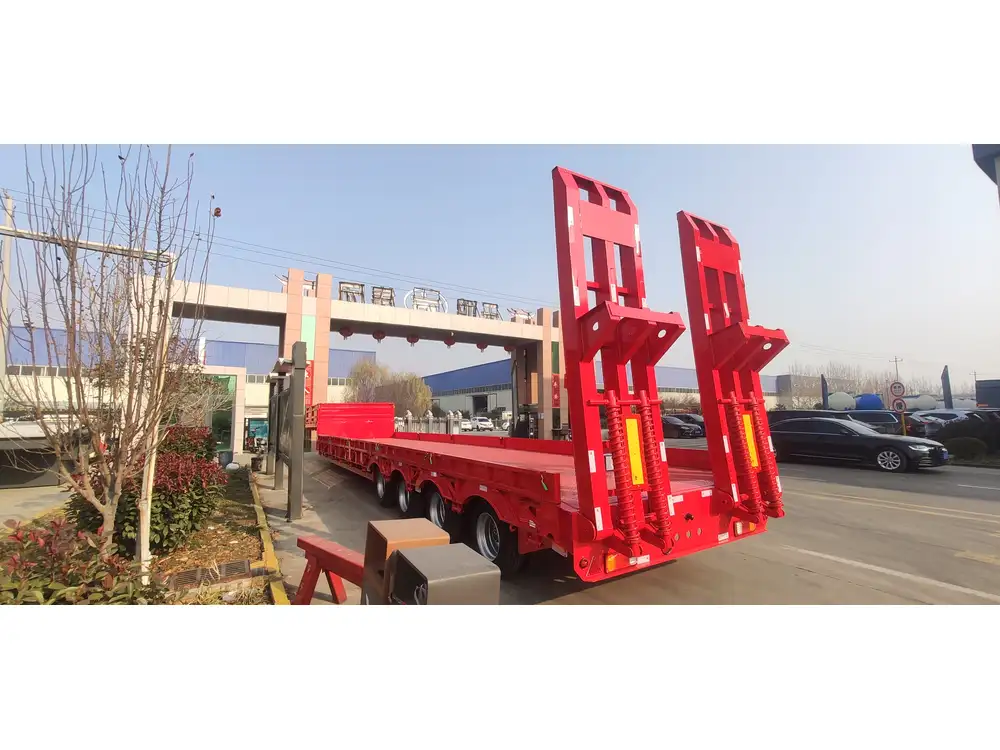
Small Square Bales
- Size: Typically, 14 inches wide, 18 inches tall, and 36 inches long (1.5 feet x 3 feet).
- Weight: Ranges from 40 to 100 pounds, depending on the hay type and moisture content.
Large Round Bales
- Size: Generally between 4 to 5 feet in diameter.
- Weight: Ranges from 600 to 1,200 pounds, again depending on hay type and moisture.
Large Rectangular Bales
- Size: Commonly 3 feet x 4 feet x 8 feet.
- Weight: Generally weighs between 900 to 2,000 pounds.
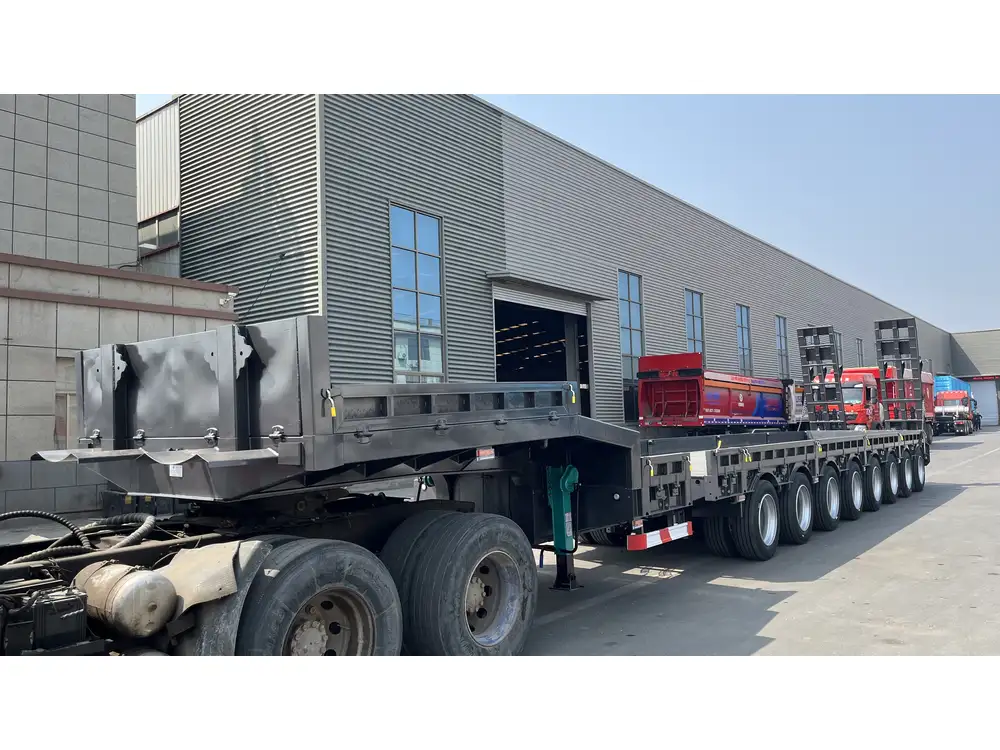
Calculating Capacity: Small Square Bales on a Semi-Trailer
To determine how many small square bales fit in a semi-trailer, we must consider both dimensions and load optimization.
Dimensions of a 53-Foot Semi-Trailer
Floor Space:
- Floor Area = Length x Width = 53 feet x 8.5 feet = 450.5 square feet
Bale Configuration:
- One small square bale occupies 1.5 feet x 3 feet = 4.5 square feet.
Bales per Layer:
- Layerable along the width: 8.5 feet ÷ 1.5 feet = approximately 5 bales.
- Layerable along the length: 53 feet ÷ 3 feet = approximately 17 bales.
- Total Bales per Layer = 5 bales (width) x 17 bales (length) = 85 bales.
Height Consideration:
- If bales are stacked two high (common practice), the total number rises to 170 small square bales.
Summary for Small Square Bales:
- Total Capacity: Up to 170 bales, depending on stacking and securing practices.
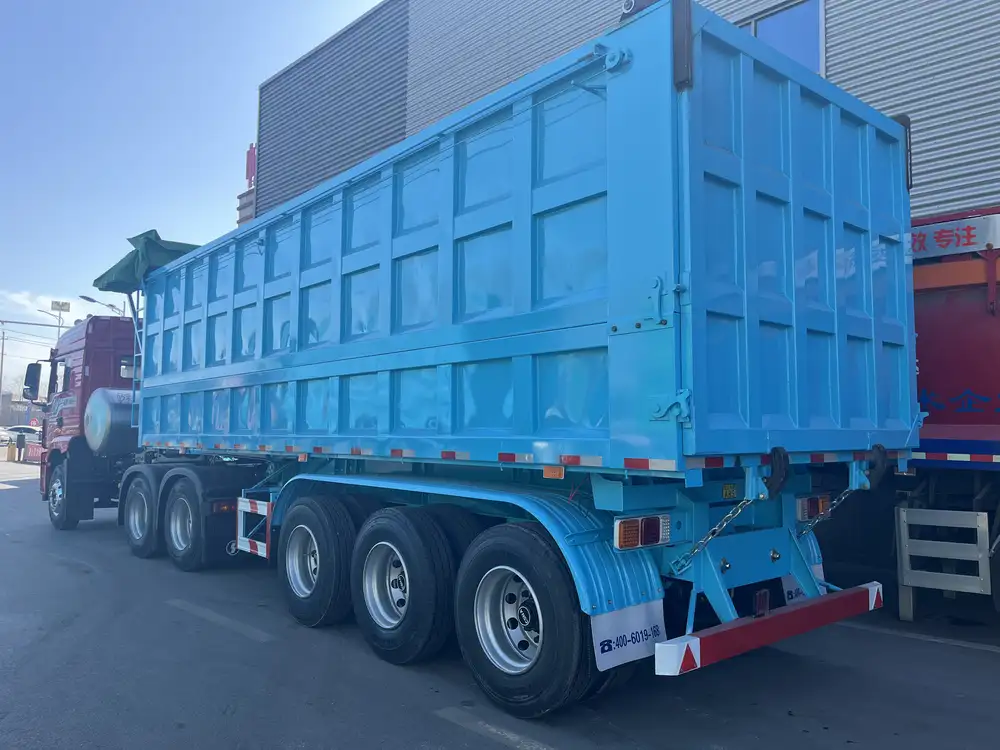
Calculating Capacity: Large Round Bales on a Semi-Trailer
Calculating space for large round bales involves different considerations due to their bulk and spherical shape.
Dimensions of a Round Bale:
- Let’s take a round bale with a radius of 2 feet (4-feet diameter).
Space Used by Each Bale:
- The effective diameter when parked is approximately 4 feet for space gaps and support, as bales cannot be stacked infinitely.
Bale Configuration:
- Semi-trailer width of 8.5 feet allows for:
- 8.5 feet ÷ 4 feet = 2 bales (width).
- Trailer length of 53 feet allows for:
- 53 feet ÷ 4 feet = approximately 13 bales (length).
- Total Bales per Layer = 2 bales (width) x 13 bales (length) = 26 bales.
- Semi-trailer width of 8.5 feet allows for:
Layering Capacity:
- Due to the bales’ round nature, typically, only one layer can be stacked.
- Hence, Total Capacity for Round Bales: approximately 26 bales.
Calculating Capacity: Large Rectangular Bales on a Semi-Trailer
Large rectangular bales require a different approach, similar to the small square bales but with larger dimensions.
Dimensions of Rectangular Bales:
- Common size of 3 feet x 4 feet x 8 feet.
Bale Configuration:
- Each rectangular bale occupies 3 feet x 4 feet = 12 square feet.
Bales per Layer:
- Floor Area: 450.5 square feet.
- 450.5 square feet ÷ 12 square feet = approximately 37.5 bales.
- Practically, this means 37 bales.
Summary for Large Rectangular Bales:
- Total Capacity: About 37 bales, depending on securing capabilities.
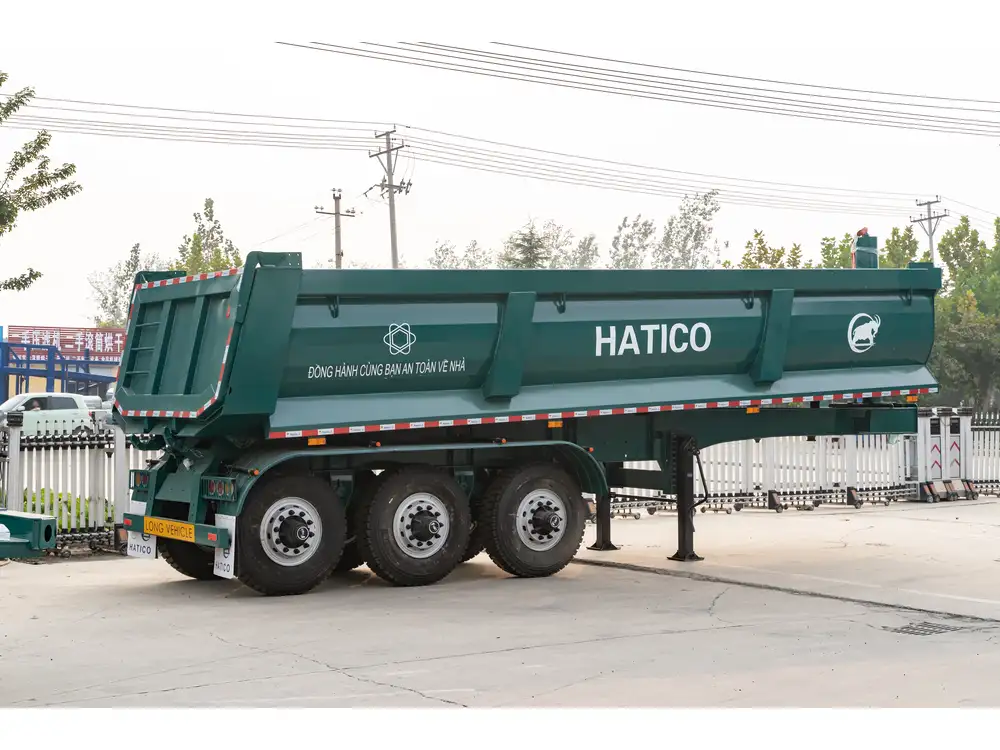
Factors Influencing Load Capacity
Several critical factors can affect how many bales you can fit on a semi-trailer, including:
1. Weight Restrictions
It is essential to consider the Gross Vehicle Weight Rating (GVWR) of your semi-trailer and the truck. The combined weight of the truck and loaded bales must not exceed this limit, which can range from 80,000 to 90,000 pounds on federal highways, varying by state.
2. Loading Configuration
- Efficient Stacking: Consider the shape of bales and how best to maximize the vertical space without compromising safety.
- Secure Bundling: It is also crucial to ensure all bales are appropriately secured to prevent load shifting during transport.
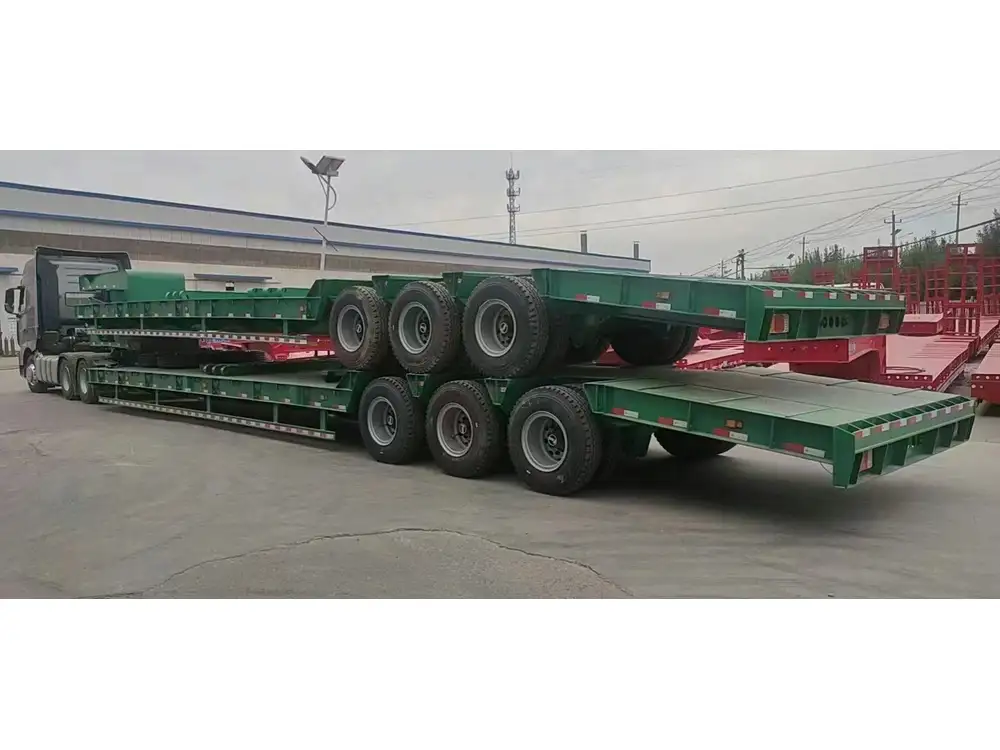
3. Road Regulations
Different states may have unique regulations that dictate load limits, tire types, or axle configurations, influencing how many bales can be loaded.
4. Trailer Type
Different trailer types offer varied benefits for load capacity. For instance, stackable flatbeds may accommodate more bales than traditional box trailers.
Best Practices for Loading Hay Bales on a Semi-Trailer
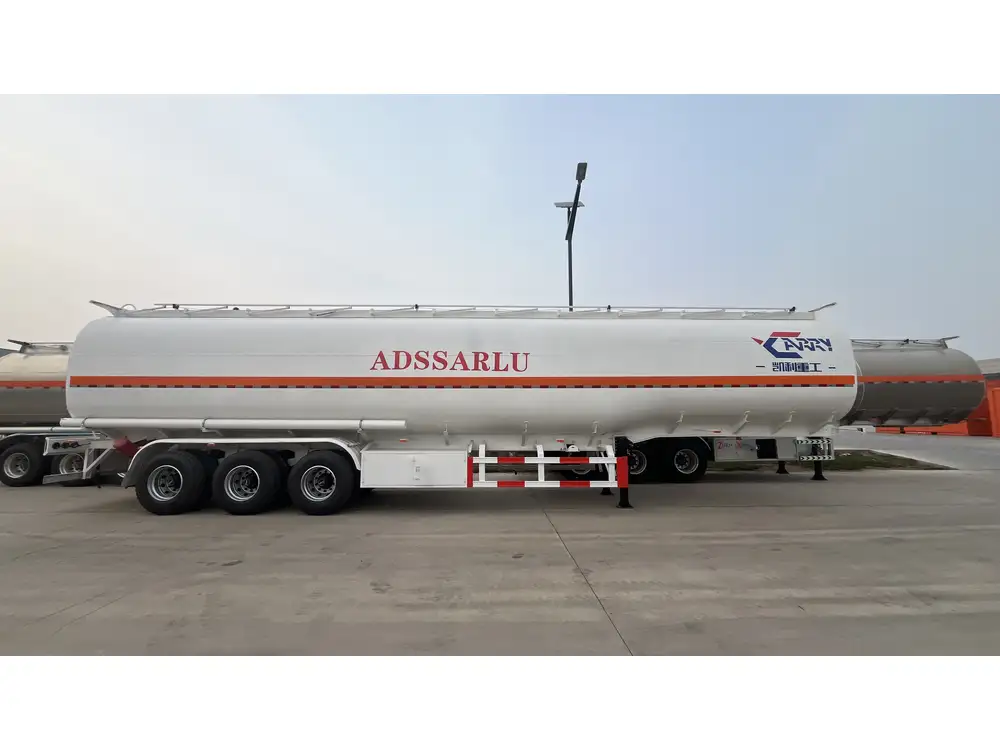
1. Plan Your Load
Before loading, map out how many bales you want to fit based on their type, size, and weight.
2. Use Suitable Equipment
Utilize proper loading equipment such as hay forks or specialized trailers designed for hay transport.
3. Secure Loads Effectively
Ensure that bales are secured using straps or tarpaulins to prevent movement during transit. Bungee cords can also help keep smaller stacks in place.
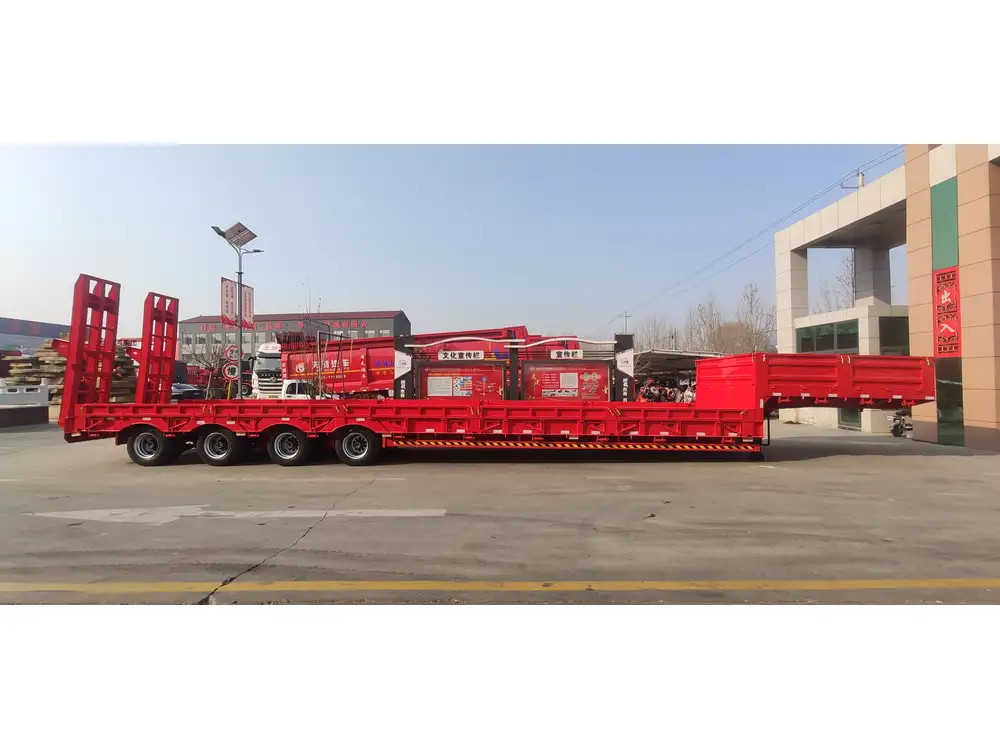
4. Weight Distribution
Load heavier bales closer to the truck’s axles; this prevents over-weighting on the back end and maintains vehicle stability.
Conclusion
Understanding how many bales of hay fit on a semi-trailer can significantly enhance transport efficiency and reduce operational costs. Whether dealing with small square bales, large round bales, or large rectangular bales, there is a clear strategy for maximizing space without breaching weight limits or compromising safety. By knowing the specific dimensions of trailers and bales, alongside considering loading best practices, truck drivers, and logistics managers can ensure they are moving hay optimally.



